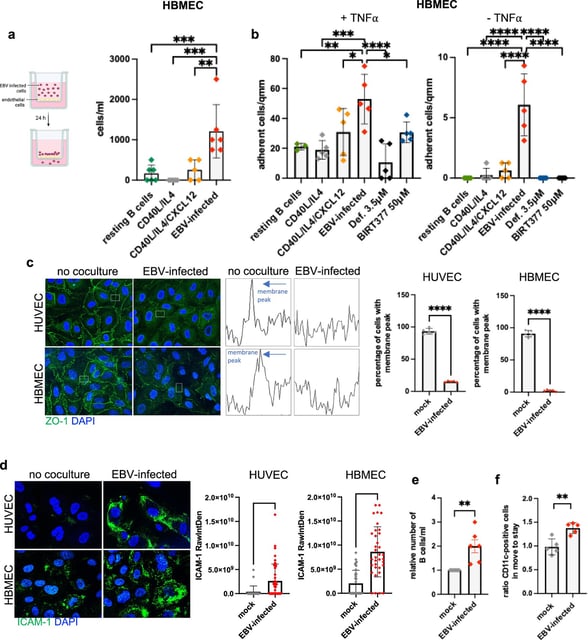Overview
- Epstein-Barr virus (EBV) manipulates immune B cells to mimic 'homing cells,' enabling them to traverse blood vessel walls and spread throughout the body.
- Viral proteins EBNA2 and LMP1 drive this migration by increasing pro-inflammatory cytokines, such as CCL4, and activating CCR1 and FAK-dependent pathways.
- Researchers at DKFZ and Heidelberg University Hospital demonstrated that blocking these pathways with specific inhibitors reduced the survival and spread of EBV-infected B cells in animal models.
- This breakthrough could inform targeted therapies for EBV-associated diseases, including multiple sclerosis and cancers like Burkitt’s lymphoma.
- Clinical validation of these inhibitors in humans is the next step, offering hope for novel treatments to prevent viral dissemination and related diseases.
